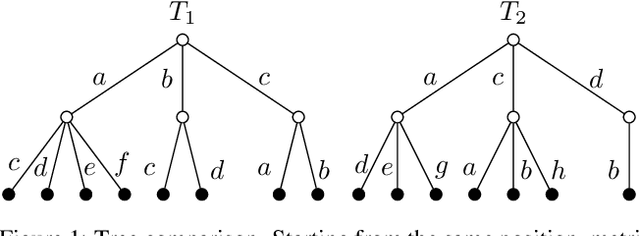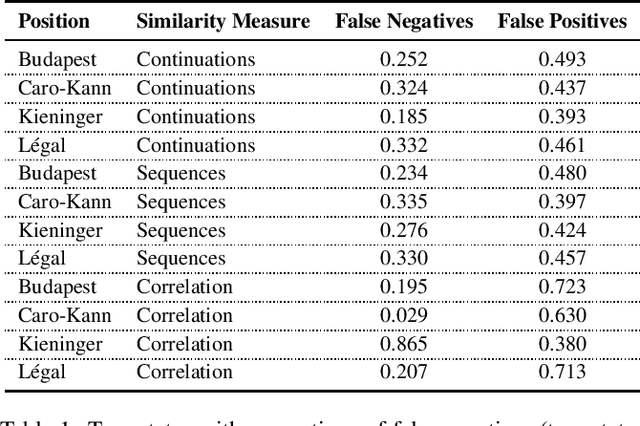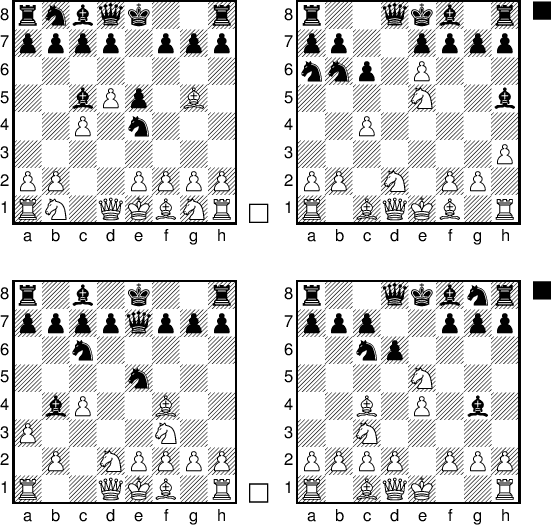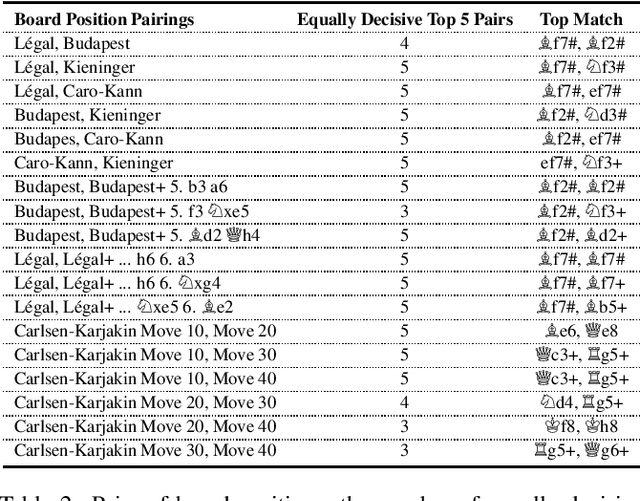Similarity Measures based on Local Game Trees
Paper and Code
Feb 25, 2019



We study strategic similarity of game positions in two-player extensive games of perfect information, by looking at the structure of their local game trees, with the aim of improving the performance of game playing agents in detecting forcing continuations. We present a range of measures over the induced game trees and compare them against benchmark problems in chess, observing a promising level of accuracy in matching up trap states.
 Add to Chrome
Add to Chrome Add to Firefox
Add to Firefox Add to Edge
Add to Edge